ERTMS: Europe's train nervous system
Did you know that a high-speed train crossing Europe is constantly communicating with its environment? At any given moment, it estimates where it is, how fast it's going, and receives safety commands from the ground.
This constant dialogue is made possible by ERTMS (European Rail Traffic Management System), a European standard comprising a range of equipment essential to train safety. From the Euroantenna to the DMI and the EVC, safety equipment is the heart of the train.
At MASTERIS, we support rail operators in the integration and modernization of this on-board safety equipment. Here's how this high-tech system works.
The train's brain: the VCA
The EVC (European Vehicle Computer) is the system's true orchestra conductor.

It centralizes all information - from speed sensors and ground beacons, to data entered by the driver - to ensure safe, smooth train operation. Thanks to the EVC, the train can anticipate risks and guarantee safety, even in the most complex situations.
In the event of an anomaly or high-risk situation (overspeed, running a red light, etc.), it triggers emergency braking.
At 320km/h, a TGV takes almost 4 km to stop. Hence the importance of precise position calculation and anticipation.
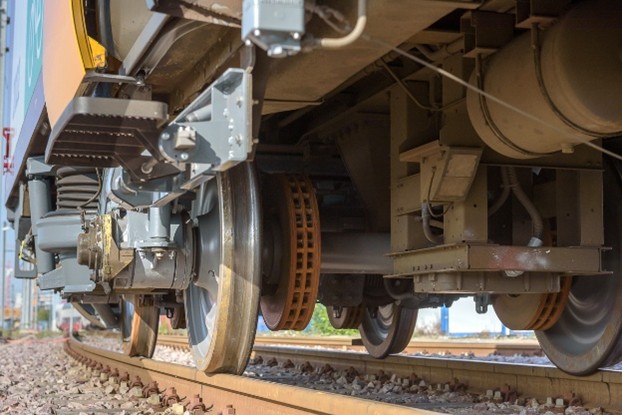
The link with the driver: the DMI
The DMI (Driver Machine Interface) is the screen that enables the driver to communicate with the train. Among the information available: train mode, train speed, alerts and signalling information, it is the interface between the driver and the system. It also enables the driver to enter certain information, such as the driver's number, certain train data, starting level, etc.
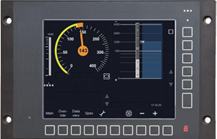
Train senses: sensors and communication
To "perceive" its environment, the train relies on several sensors:
- Odometry, radar and inertial measurement unit (IMU): these constantly estimate the train's position and speed.

- Euroantenna: placed under the train, it picks up information sent by the eurobalises on the ground, which is then transmitted to the EVC.
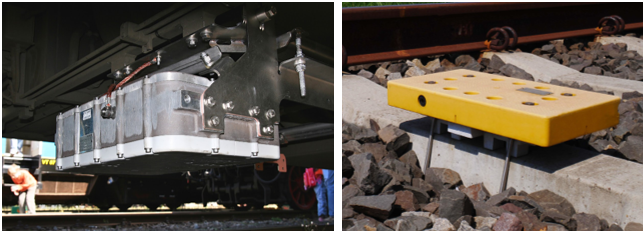
- Legal recorder: a veritable "black box", it keeps track of all "legal elements" (JRU) for analysis of various incidents and feedback.
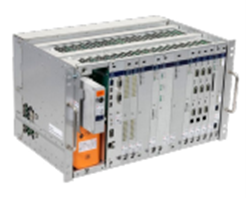
- GSM-R: this special radio enables dialogue between the train and the control center, guaranteeing traffic safety in real time.

Why this equipment is essential
All these systems work together to guarantee safe, smooth traffic flow, whatever the network used.
But beyond technology, their integration is a key issue: each train, each line, each operator has its own specificities.
This is where MASTERIS comes in, specializing in the installation, validation and maintenance of ERTMS systems on rolling stock.
We put our expertise at the service of the reliability, safety and interoperability of rail fleets.
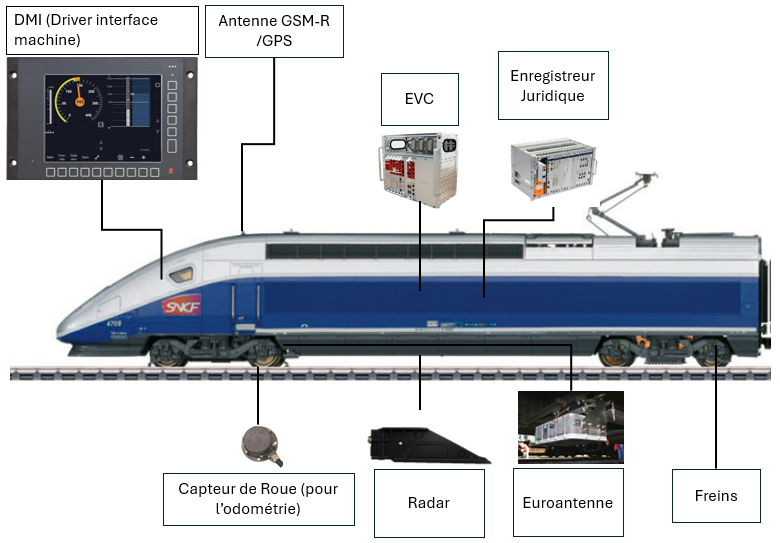
And tomorrow?
The future of ERTMS is already being written:
GNSS (Global Navigation Satellite System) will enable even more precise tracking of trains, optimizing track usage.
For more information: https: //www.era.europa.eu/content/space-innovation-rail_en
GSM-R, the current rail communications standard, is already being replaced by FRMCS (Future Railway Mobile Communication System).
FRMCS, based on 5G technology, will offer:
- Faster, more reliable data exchanges
- Real-time supervision of rail traffic
- Greater interoperability across Europe
For more information:
https://www.sncf-reseau.com/fr/a/frmcs-ou-radiocommunication-ferroviaire-futur
At MASTERIS, we keep a close eye on these developments to anticipate our customers' needs and support the transition to these new technologies.










